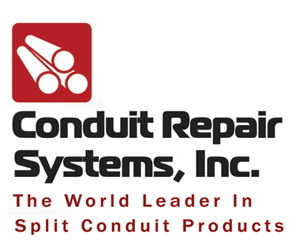PEOPLE RELY ON HOSPITALS to provide the expertise and equipment needed to keep them healthy. However, if the electrical equipment fails at any point, doctors cannot provide this care and patients are put at risk. Here, Juan Chavez, vice president of transient surge protection specialist Energy Control Systems, explains how the UPS and transient detection solutions take care of equipment, so that doctors can take care of their patients.
Medical facilities rely on a steady flow of power to operate electrical medical equipment, keep the lights on and access patient data online. Equipment or system failure could lead to breakdowns, downtime and fatal consequences for patients.
For example, in summer 2019, a large-scale power outage left 48 million people across Argentina, Uruguay and Paraguay without electrical supply. Power was out for only a day, but it impacted vital infrastructure, including hospitals, which had to use generators to continue treating patients. Power outages like this are out of the control of hospital directors and doctors but we can take preventative steps to ensure that power fluctuations do not impact operations.
Returning to Power
Generators can help to provide power in desperate situations, but some critical equipment such as ventilators and other monitors must have a constant stream of power to reduce risks to patients. Instead of relying on temporary power generators, hospital directors and facilities managers should have a plan to stop any interruptions to power flow.
An uninterruptible power supply (UPS) system should be a key part of a healthcare facility’s preventative maintenance strategy. UPS systems supply backup energy in the event of power losses and can protect electrical and electronic systems from issues when losing the primary power source. A UPS is an essential bridge between a mains supply and the power provided by a backup diesel generator.
Protecting Equipment
However, power loss isn’t the only is- sue that the managers of medical facilities should have on their agenda. Medical device equipment is incredibly sensitive – as is the human body. In fact, once the electrical insulation provided by our skin is taken away, for example during open surgery, a voltage as insignificant as the one passed on when you touch your mobile phone screen can be lethal.
Given that IBM estimates that there are 120 power quality problems affecting sensitive equipment in a typical building every single month, it is clearly important to keep our medical equipment in perfect condition.
One way of doing this is to eliminate the low-level switching events, or transients, that occur constantly in electrical supply. Transients have high energy, with magnitudes in the thousands of volts, and short duration with rise times in the 1-10 microsecond range. While these surges are short, transients can disrupt, damage or destroy electrical and electronic equipment in an instant. Eliminating these transient surges reduces electrical damage and improves patient service by keeping electrical equipment out of the maintenance bay.
Energy Control Systems has developed SineTamer — a range of highly efficient surge and transient protection systems that help to protect valuable microprocessor based assets. SineTamer tracks events close to the sinewave, which would be invisible to most power quality devices, and eliminates the problems caused by regular transient events. Our experts will also work with hospital directors to develop a bespoke system with any special configurations needed to comply with medical industry regulations.
Contact Energy Control Systems today to find the right system to help medical professionals forget about power and care for their patients.
About ECS International:
Energy Control Systems (ECS) is a global company with over 30 years’ experience in the Surge Protective Devices and electrical power quality industry. ECS offers the industry’s most complete and capable line of SPD for industrial, commercial and defense applications.
Juan Chavez is the vice president of transient surge protection specialist for Energy Control Systems.




